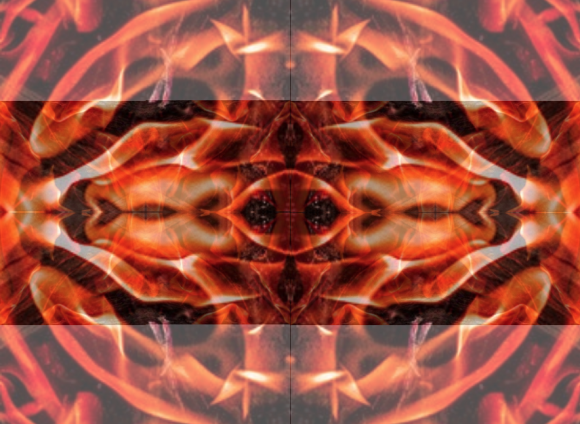As a quick little metaphysical Fingerübung, we might have a look at some characteristics of figurations and configurations, and their components.

Configurations are particulars: they are bound to an individual subject (a person, albeit potentially a fictional one) and in part made up of that subject’s psychological processes. They’re not individual mental states, however, in the sense a mental state is typically conceived of, i.e. not simply a perception of an object, an intention to take a particular action, or an occurrent memory or thought. (They’re not likely, in other words, to be simply expressible in a single propositional attitude.) They are roughly what happens in that subject’s psychology whenever dealing with a figuration, i.e. events and their metaphorical connections: when grasping it as a whole or gestalt, or (later) reflecting on or interpreting it — even when (in the real-world cases) talking or writing about it. With a different individual subject, we’d have a different configuration. (That’s because the psychological context matters, and goes in constitutively into the psychological uptake, which is in part defining the configuration.)
But figurations, too, are particulars: they are combinations of particular events; they’re not event schemas (such as plots). There is a grey area here, which has to do with the metaphorical connections between them: we could speculate, for instance, that a given set of events in a different possible world with an alternative cultural context (featuring different culturally ingrained metaphorical connections) would constitute a different figuration. But these would be possible (counterfactual) scenarios, which in turn would comprise particular events (in that possible world) within a given context (again, given in that possible world), just involving other metaphorical connections there. We don’t have something like an abstract event schema here which can have multiple exemplifications in the same actuality, for such multiple exemplifications would involve multiple (different) sets of particular events, and these would be, even within that same cultural context, numerically different figurations. (Of course, one might see a pattern, picking out some qualities. But that’s a different matter: we’d have patterns of figurations then.)
Since they consist in part of particular events, figurations therefore are (complex or combined) particulars: they can be coordinated within space and time (by virtue of their component events) and belong to a causal nexus; they also have an anchor in the cultural context in which they happen, by virtue of their metaphorical connections, which must still hold in an intersubjectively agreed manner. Criteria may be less stringent for whether a metaphorical connection holds (and what it is) than for spatiotemporal location, but I take it that they’re (in general) neither arbitrary nor simply personally subjective. The metaphorical connections may be partly implicit in the context, but once made explicit, they’d be broadly recognized by anyone who either shares that context or knows enough about it to interpret them as backgrounded by it (as an alien observer or future anthropologist might).
There is thus a certain analogy between configurations, and figurations as their objects, on the one hand, and particular mental states, and their intentional objects, on the other. Since they are bound to an individual person’s subjectivity, configurations could in fact be considered a more complex variety of intentional states (more complex than those expressible in a single propositional attitude), inheriting the characteristic intentionality from them. Yet although correct, this would be too general and thus uninformative, since there’s more that has to go into the episode in order to make it a configuration. (It’s uninformative, for our purposes here, in the same way in which it would be uninformative to say that looking at the Müller-Lyer illusion is “to have a perception of two lines and three arrows”.) But configurations do inherit, as I already mentioned, all the complexities and complications mental vocabulary already exhibits on its own because of that characteristic of intentionality.
We should be careful to also note that these complexities, although related, are not the exact same ones as those often discussed under topics such as the causation of intentional action (and other mental events). The intentionality of mental events comes out under certain descriptions (those that essentially feature intentional vocabulary), and thus what is a physical event under one description can be an intentional action under another. But when we look at configurations, the psychological vocabulary comes in at the level of the uptake of the whole figuration; it’s not necessarily imported via the descriptions of the individual events contained in it (although that can be the case as well). Thus in our guiding example, the two events (the death and the stopping of the clock) could both come in under non-intentional descriptions and still, when taken up as a whole (and with their metaphorical connections grasped), they are a configurational content. So the latter, although intentional in nature, is not (at least not always) a compound of already intentional sub-descriptions: it can gain its intentionality by virtue of the uptake of the whole figuration as a gestalt. There will be, necessarily (as we have seen), some intentionality in a configuration, since there is always psychological uptake. But it doesn’t have to be in the configurational object, and thus it’s not always a question of one or more of its component events being intentionally described (those, in other words, don’t have to be mental events).



